Sermon sound
Preachers can vary extremely in their presentation style, sound, and reinforcement requirements. Lapel microphones have largely given way to subminiature head-worn mics in recent years. Handheld mics remain popular in some genres and depend heavily on the technique of the preacher, for better or worse. Head worn mics allow a fixed, consistent mic
placement in relation to the sound source (mouth). Whichever type of mic is used, each attendee should feel as if the preacher is speaking directly to them, forgetting sound reinforcement is even involved. Those of us that have spent many years honing our craft usually focus on the complexities of live music as our biggest challenge, but we should remember that the spoken word is critical and must be engineered with excellence. Bad sounding speech is terribly obvious to any listener and there is often no music or other masking sounds behind which it can hide.
I’ve been fortunate to have miked up and mixed hundreds of preachers over the years at churches, conferences, and other events in venues from small to stadiums. A while back on a series of travel dates I turned up seven of the most notable pastors of our generation over the course of several weeks. That run was a good reminder of how important great speech reinforcement really is. These presentations covered a wide range of styles. Some went hand held and some used head-worn mics. None were interested in lapel miking (thankfully!). Some environments had naturally high gain before feedback), while others required some surgery to make them behave. As usual, much of my time was spent sound checking and rehearsing the music mixes, but remembering these spoken presentations had to be right I saved time to prepare for a variety of processing options, and redundancy was set up.
Bottom line? …None of that really matters…
We have to sort out the parameters of the situation and deliver intelligible, natural sounding speech with good coverage at whatever loudness is appropriate for the setting. Audiences don't care whether a $99 wired or $9000 wireless mic is used. And it doesn’t matter one bit to them whether we use a multi-band compressor and piles of plugins or just the console’s high pass filter. Listeners simply know if they can hear without distraction and whether it sounds natural.
These presenters were each unique. One spoke with an extreme dynamic range on an exceptional quality hand held RF mic. His whisper passages and his "screamer" moments measured nearly 46dB apart! And his microphone technique was, frankly, awful (addressing that wasn’t possible without a personal sound check, and I was hired to make it work). We have to manage such a delivery in a way that “sits right” over our (sometimes large and noisy) audience. And we must trust that such dynamics are an intentional part of the presentation.
Another preacher spoke very consistently. And, wearing a correctly placed head-worn mic brought sonic consistency. The result was very high gain without feedback and no dynamics processing was needed. Easy! But, the former one required constant riding…in fact, I never let go of the fader, even on top of meticulously dialed multi-band compression. We simply don’t have a 46dB window which to deliver speech, so I worked to reduce that range while still conveying the feel of the talk. The believability was preserved. I doubt anyone noticed the aggressive signal processing.
That second preacher delivered a small dynamic range. But he was every bit as loud. Other preachers fell between these two extremes. Signal processing? Manual level riding? Both? The key is to always listen and never get caught up in the gear. Our ears tell us what’s necessary when we really listen. Over-processing is a valid concern, but we shouldn’t be afraid to use good processing tools when necessary. Common tools include compressors, limiters, de-essers, equalizers, dynamic equalizers, and multi-band compressors. Occasionally, noise gates or advanced noise reduction plug-ins may be used; but these are dangerous and require extreme pert operation. But the high-pass filter is a no-brainer: it should ALWAYS be engage for live speech reinforcement.
And, we shouldn’t forget we each already own 10 excellent compressors.
Think about it; we have ten advanced compressors… they’re on our hands! And they offer real-time variable parameters with ever-changing attack and release behaviors, as well as reactive make-up gain. I’ll take a set of trained ears and fingers ANY day over processing gear… plus, they’re free and show up at every gig:)
So. no matter who you are miking, whatever their presentation style, and whichever tools are used, remember to listen closely and keep it authentic. Always keep the perspective of the listener in mind. Live sound is a real-time results business. It doesn’t matter if we build a good 60-input music mix in 10 minutes or spend 2 hours processing a speech mic. The point in what we do is not what it takes - it’s what we deliver.


